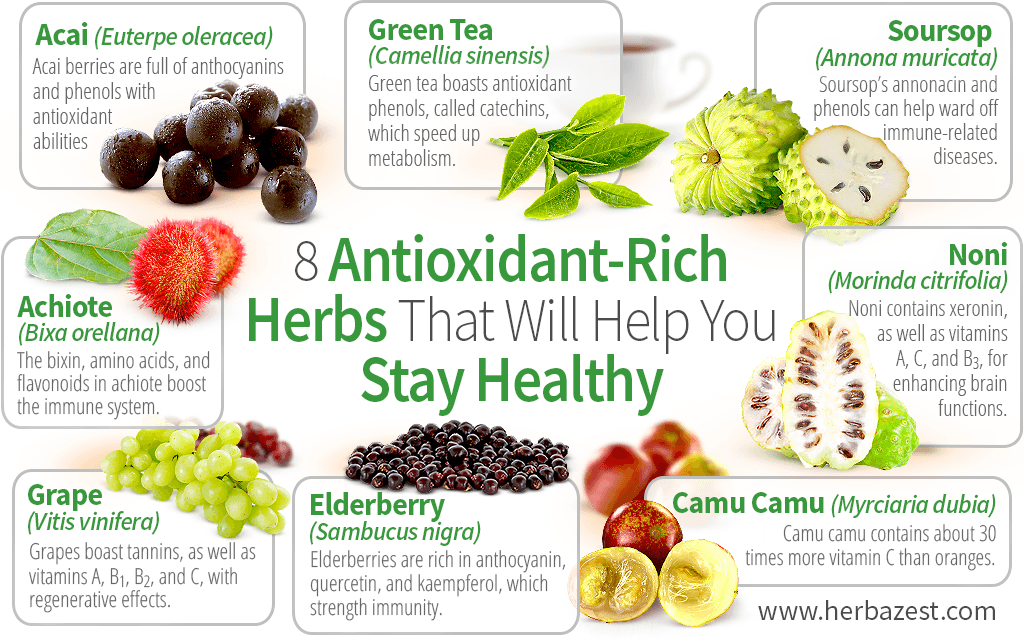The Five Best Herbs to Grow: Gain Antioxidants, Vitamins and Medicial Properties

Growing herbs is not only pleasing but provide opportunities to boost vitamins and antioxidants in cooking. Herbs also have therapeutic properties, such as antibacterial and anti-inflammatory that offer a practical value often enjoyed in tea. Two of the easiest and fastest-germinating herbs to grow from seed are the annuals basil and cilantro (coriander).
The biennial parsley will grow adequately well from seed if soaked in hot water overnight. The perennials oregano and thyme round out the top five list; it is probably best to start the seeds indoors and transplant the young plants when the ground has warmed up.
Basil Has Many Beneficial Attributes
One popular species of basil is Ocimum basilicum. There are numerous varieties – like mammoth, lemon, cinnamon, purple – that lend many aromas. Basil is packed with antioxidants and vitamins, especially vitamins K and A, and that makes its signature dish, pesto, a healthy pleasure. Recent research shows basil essential oil has antibacterial and anti-inflammatory properties.
Cilantro – a Two-for-One Plant
Cilantro leaves are a part of the herb coriander (Coriandrum sativum). Coriander refers to the seeds. Cilantro has a reputation as a fast bolter, growing flowers too fast that minimize leaf quality. However, slow-bolting seeds exist. Cilantro’s crowd-pleaser is its pungent flavor in salsa. Recent research suggests that a cilantro and coriander phytochemical has antibacterial properties that could become a natural preventative against food poisoning.
Parsley is a Garnish and Vitamin K Powerhouse
People vote parsley (Petroselinum crispum) the world’s most popular herb. It is pretty to look at on plates, but too few individuals realize it is good to eat. Parsley contains, in just two tablespoons, 154 percent of the daily value for vitamin K. Humans need vitamin K for the important function of blood clotting, and recent research says it prevents brittle bones, along with calcium and vitamin D. Nutritious parsley is a very good source of vitamins A and C.
Oregano and the ORAC Scale
Just one teaspoon of dried oregano has the same amount of antioxidants as two cups of red grapes, as rated by the Oxygen Radical Absorbance Capacity (ORAC) scale. Oregano has numerous cultivars; in fact, the genus, Origanum, has over 40 species, including Greek oregano, hot and spicy oregano, and even includes the herb marjoram. Many gardeners enjoy the ornamental effect of pink, white and purple flowers against dark green leaves in pots and plots. Oregano’s most famous culinary dish is pizza.
Thyme for Tea
The genus Thymus has over 100 species and varieties. Colorful, flowered, bushy thymus plants make an impressive sight in the garden. Thyme tea eases a sore throat, aids laryngitis and functions as a mouthwash. Thyme also rates highly on the ORAC scale, with one teaspoon of fresh herb containing the same antioxidant power as one cup of spinach.
Thyme figures prominently in two famous herbal combinations. Bouquet garni consists usually of thyme, parsley and bay leaf. Herbes de Provence from the region in France was standardized in the 1970s to include savory, fennel, basil, thyme, and lavender, with thyme the most dominant herb. Herbs in the blend can greatly vary as French locals use readily available regional herbs to season just about everything, with lavender a unique must.

